Bass Fishing Guide: Tips, Techniques & Tackle
Introduction
Bass fishing has become one of the most popular angling activities in America. With its challenging nature and adrenaline-pumping moments, it’s no wonder that so many anglers enjoy pursuing this species. The undeniable thrill of hooking a big bass is something that any angler can appreciate.
Whether you’re a seasoned veteran or just starting, every bass fishing adventure presents a new opportunity to learn and fine-tune your skills. However, catching bass can be tricky.
They are known for their elusive and cagey nature; they can be difficult to locate and even harder to catch. That’s why having a knowledgeable guide who can offer tips, techniques, and tackle recommendations is so essential to improving your chances of success on the water.
Having a professional guide by your side not only increases your chances of catching more fish but also enhances the overall experience. A knowledgeable guide understands the nuances of bass behaviour patterns throughout the year and can help you select the right equipment based on environmental factors like water temperature or weather conditions.
With their expertise and guidance, you’ll gain valuable insights that will take your skills to new heights.
Why Hire A Guide?
There are many reasons why hiring a guide for your next bass fishing trip is a wise decision. Not only do guides have years of experience under their belts, but they also know all about specific bodies of water that they fish regularly – often knowing where large schools of fish may be hiding at different times throughout the day. Moreover, guides have extensive knowledge about various lures or baits needed for optimal results – having tried-and-true recommendations based on what works for them from experience.
A guide has insider information into effective techniques such as flipping heavily weighted lures under docks or pitching soft plastics around weed beds which have proven to be successful in the past. They can also provide tips and tricks that will help you improve your casting accuracy, hook set timing and fish fighting skills.
In essence, a guide is like having a personal coach who can teach you invaluable skills that can be applied to future fishing trips. By learning from their experience, you are sure to have an unforgettable experience on the water.
Benefits of Hiring A Guide
One of the primary advantages of hiring a guide is that they are familiar with the local waters and can quickly identify prime fishing spots based on factors like water depth, structure and vegetation. A guide’s knowledge of seasonal patterns and weather conditions also ensures anglers are equipped with the right tackle to give them an edge over other anglers attempting to catch bass.
Another great benefit of hiring a guide is that they bring all their gear. Your guide will usually provide everything needed for a successful day on the water – from rods, reels and lures to life jackets and refreshments – leaving you free to simply show up ready for action.
Hiring a guide also eliminates much of the guesswork involved in bass fishing since they have years of experience under their belts. They know what works -and what doesn’t work- when it comes down to catching bass effectively – which is something every angler wishes for during their time on the water.
Choosing the Right Equipment
Types of Fishing Rods
When it comes to bass fishing, selecting the right fishing rod is crucial. The most common types of rods for bass fishing are baitcasting and spinning rods. Baitcasting rods are designed for more experienced anglers as they require a bit of practice to master.
Spinning rods, on the other hand, are great for beginners or those who prefer a simpler setup. The length and power of a rod should be based on the type of fishing you plan to do.
Longer rods are better suited for casting longer distances while shorter rods provide more control when casting in tight spaces like around docks or under overhanging vegetation. Additionally, the power of your rod (light, medium, or heavy) should be selected based on the size and strength of the fish you plan to catch.
Fishing Reels and Lines
When it comes to reels, two main types work well for bass fishing: baitcasting and spinning reels. For beginners, a spinning reel might be easier to manage as they have fewer moving parts than baitcasting reels which can take some practice to get used to. The line strength and type (monofilament or braided) also play an important role in selecting your equipment.
Monofilament lines tend to stretch more which can help with setting the hook while braided lines offer greater sensitivity when detecting bites. When choosing your line strength, keep in mind that thicker lines will offer more resistance but may also spook fish while thinner lines may not be strong enough for larger fish or heavy cover areas.
Bait Selection
One of the most important aspects of bass fishing is selecting the right baits based on water conditions and time of day. Lure selection can vary greatly depending on whether you’re fishing in clear water versus murky water or if it’s early morning versus late afternoon.
Some popular bass fishing lures include crankbaits, jigs, and soft plastics. Crankbaits are great for covering a lot of water quickly while jigs and soft plastics allow for more precision when targeting specific areas.
When selecting your bait, consider the type of baitfish in the area as well as any structures that could be holding fish like weed beds or drop-offs. By choosing the right bait based on these factors, you can increase your chances of catching more fish.
Understanding Bass Behavior
The Seasons of Bass Fishing
Bass behaviour varies depending on the time of year. Understanding these behavioural patterns can increase an angler’s chances of catching fish. During the spring, bass are more active and move closer to shallow waters for spawning.
As summer approaches, they tend to move to deeper, cooler waters where they are less active to conserve energy. In the fall, bass begins to feed more aggressively as they prepare for winter when their metabolism slows down and they become less active once again.
Environmental Factors
Weather conditions play a significant role in how bass behave. On cloudy days, bass may be more willing to venture into shallow water because the light is not as bright and intense as on sunny days.
In addition, a drop in barometric pressure before a storm may cause them to feed more aggressively in anticipation of the weather change. Water temperature also affects their behaviour patterns; they prefer water temperatures between 65-75 degrees Fahrenheit.
Other environmental factors that impact their behaviour include water current and wind direction. Bass tends to congregate near underwater structures like weed beds or drop-offs that create an edge where there is a change in depth or cover which provides them with shelter and an ambush spot for prey.
Reading Underwater Structures
Knowing how to read underwater structures can help anglers locate where bass are likely hiding. Weed beds provide cover for prey which attracts bass but can also provide coverage for the predator from larger fish or birds of prey hunting them from above. Drop-offs occur when there is a sudden shift in depth underwater creating steep inclines or declines which change up-water current flow patterns thus attracting schools of baitfish making it an easier prey hunting ground for Bass.
Understanding how Bass behave throughout different seasons helps anglers know what techniques work best at different times while taking environmental factors into account. Properly reading underwater structures provides anglers with an edge to locate where fish are likely to be hiding in cover from prey or stalking their food.
Techniques for Catching Bass
Flipping and Pitching Jigs
One of the most effective techniques for catching bass is flipping and pitching jigs. This technique involves casting a heavy jig into shallow water near cover, such as weeds or logs, and then slowly retrieving it back towards the boat or shore. The key is to keep the jig close to the bottom where bass tends to be lurking.
Flipping and pitching jigs are most effective in low light conditions such as early morning or late afternoon when bass are more active. It is also a great technique to use in stained or muddy water where visibility is limited.
To properly set the hook when using this technique, keep your rod tip low and be prepared to reel in any slack quickly once you feel a bite. A sharp upward jerk of the rod will drive the hook into the fish’s mouth, allowing you to reel it in.
Using Topwater Lures
Using topwater lures can be an exciting way to catch bass as you can see them actively striking at your bait on the surface of the water. These lures include buzzbaits, poppers, frogs, and other baits that sit on top of the water.
Topwater lures work best during low light conditions such as early mornings or late afternoons when bass are looking up towards the surface for food. They are also effective during overcast days when there is less sunlight penetrating through the water.
To properly set a hook while using topwater lures, wait until you feel resistance before giving a sharp tug with your rod tip. This will ensure that you have firmly hooked onto your catch and can reel it in without losing it.
Jerkbaits
Jerkbaits are another great technique for catching bass, particularly during colder months or when fish are holding deep. These lures are designed to mimic the movement of injured baitfish, which can trigger a feeding response from the bass. When using jerkbaits, cast them out and then use a series of jerks with your rod to make the lure dart back and forth through the water.
This technique can be particularly effective in clear water conditions where bass are more wary. To properly set the hook when using jerkbaits, wait until you feel a solid tug on your line before giving a swift upward motion with your rod tip.
This will drive the hook into the fish’s mouth and allow you to reel it in. There are several effective techniques for catching bass including flipping and pitching jigs, using topwater lures, and jerkbaits.
Each technique has its advantages based on water conditions or time of day. Properly setting the hook once you feel a bite is crucial for successfully reeling in your catch.
Tackle Maintenance and Care
Emphasize the Importance of Keeping the Tackle in Good Condition
Fishing tackle is a significant investment for any angler, and taking good care of your equipment can help ensure it lasts for years to come. Proper maintenance also helps avoid costly repairs or replacements down the road.
Always clean and dry your gear after every use, paying special attention to any saltwater exposure that may cause rust or corrosion. It’s also essential to store fishing tackle in a cool, dry place away from direct sunlight.
This helps prevent damage from UV rays and extreme heat. Keep lures organized in a tackle box with separate compartments for easy access and less clutter.
Regularly check fishing lines for knots, abrasions, or weak spots that may cause breakage during a big catch. Replace worn or damaged hooks before heading out on the water.
Conclusion
Bass fishing is a popular pastime enjoyed by millions of people around the world. With the right equipment, knowledge of bass behaviour patterns, and techniques for catching fish in different conditions, anglers can greatly improve their chances of landing more fish.
Remember that patience and practice are key to becoming a skilled bass angler. Always respect nature when enjoying this sport as we need to protect our waters so future generations can enjoy its great abundance too.
So get out there and explore new fishing spots! You never know what you’ll find until you try!
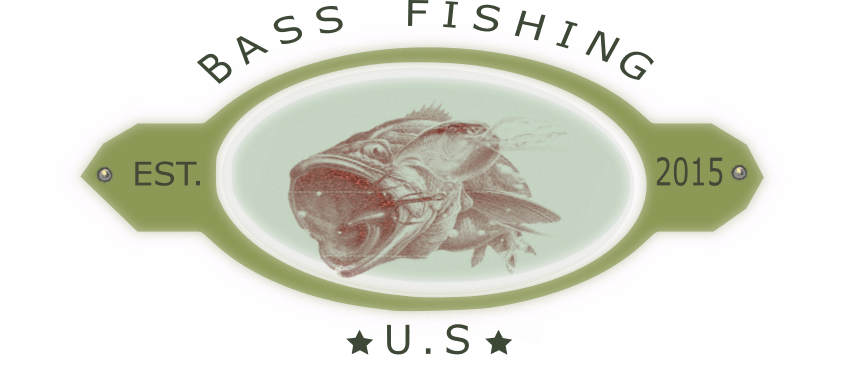
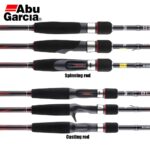
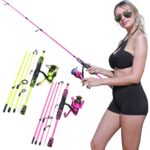
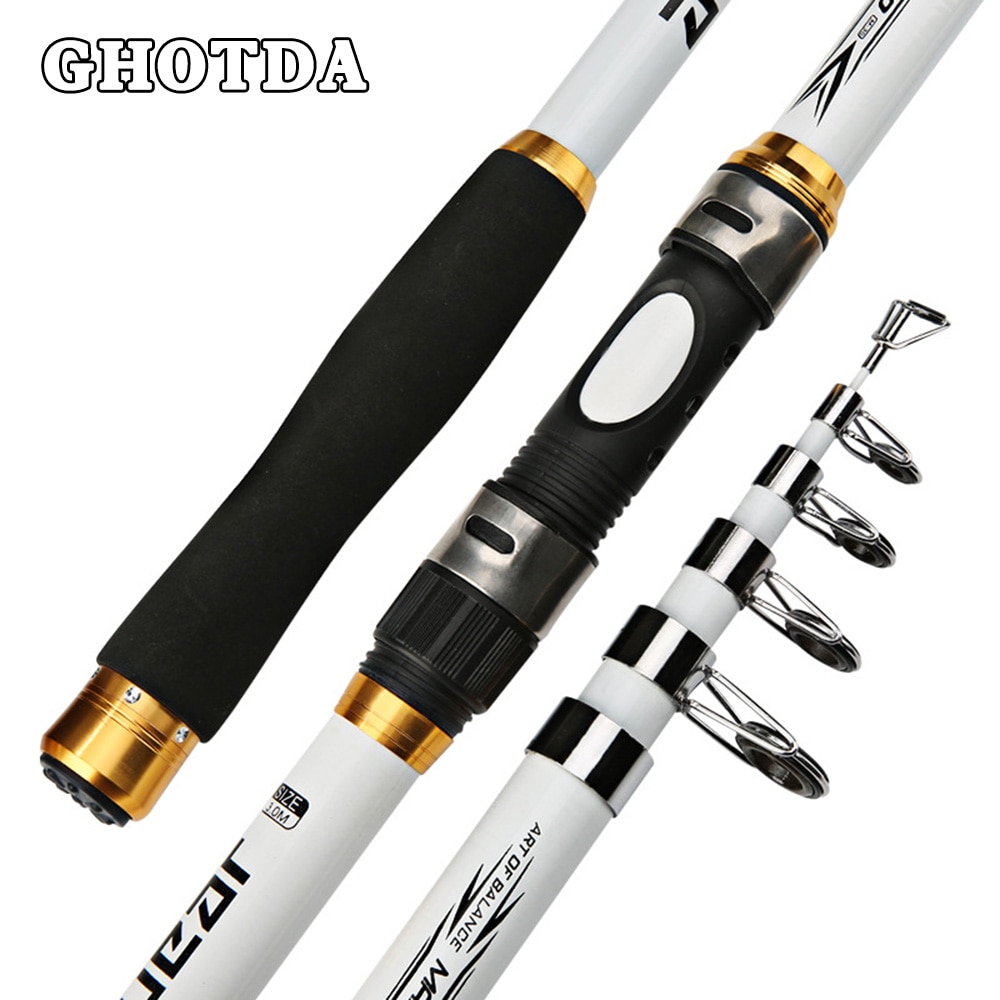

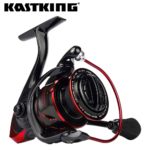



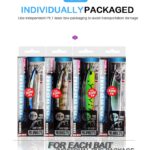
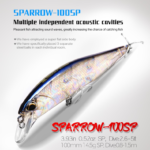


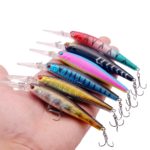
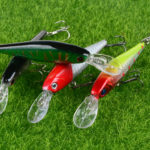
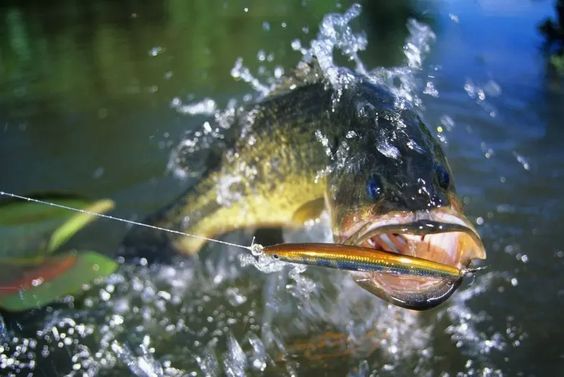
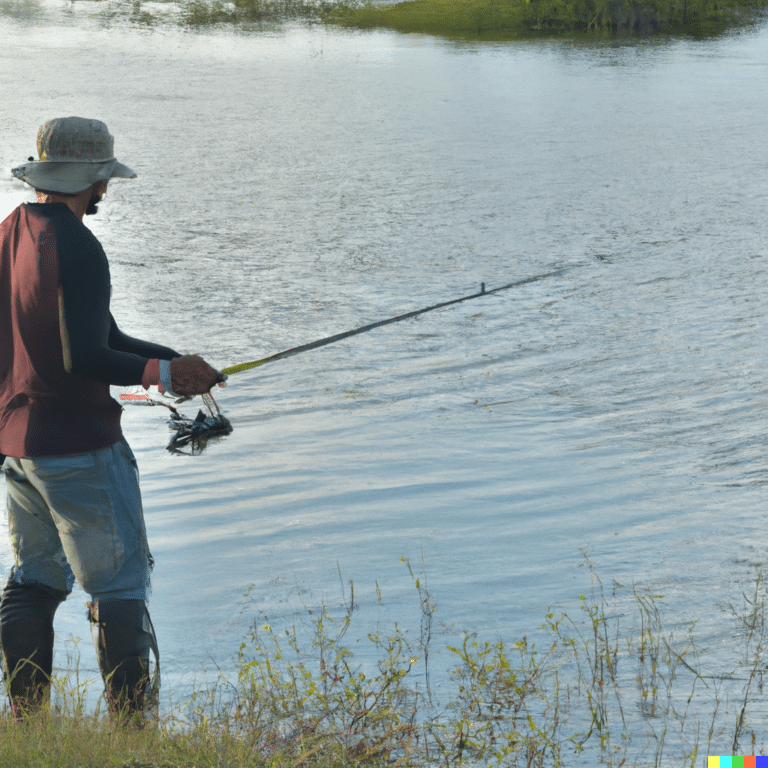
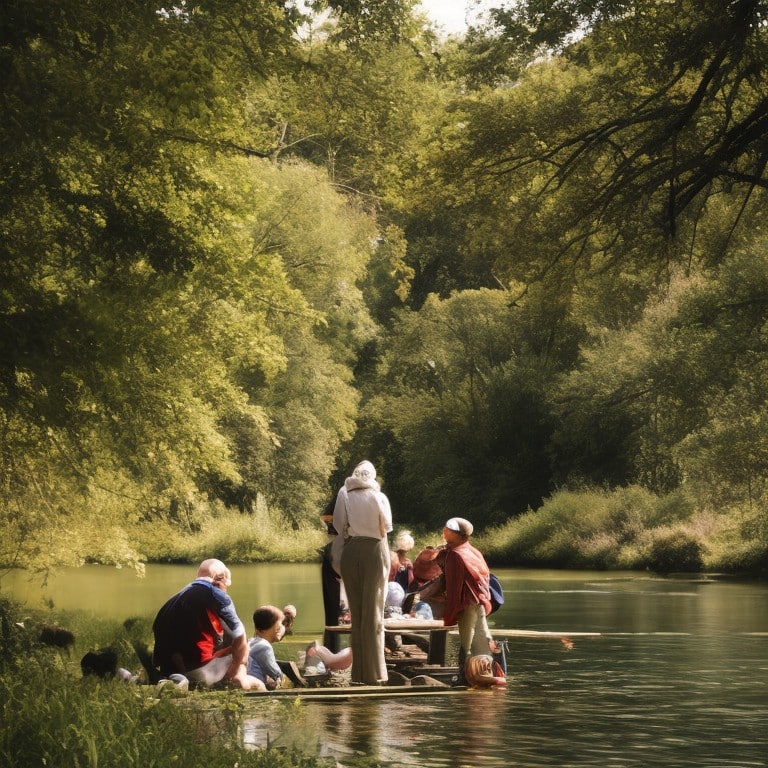
Leave a comment